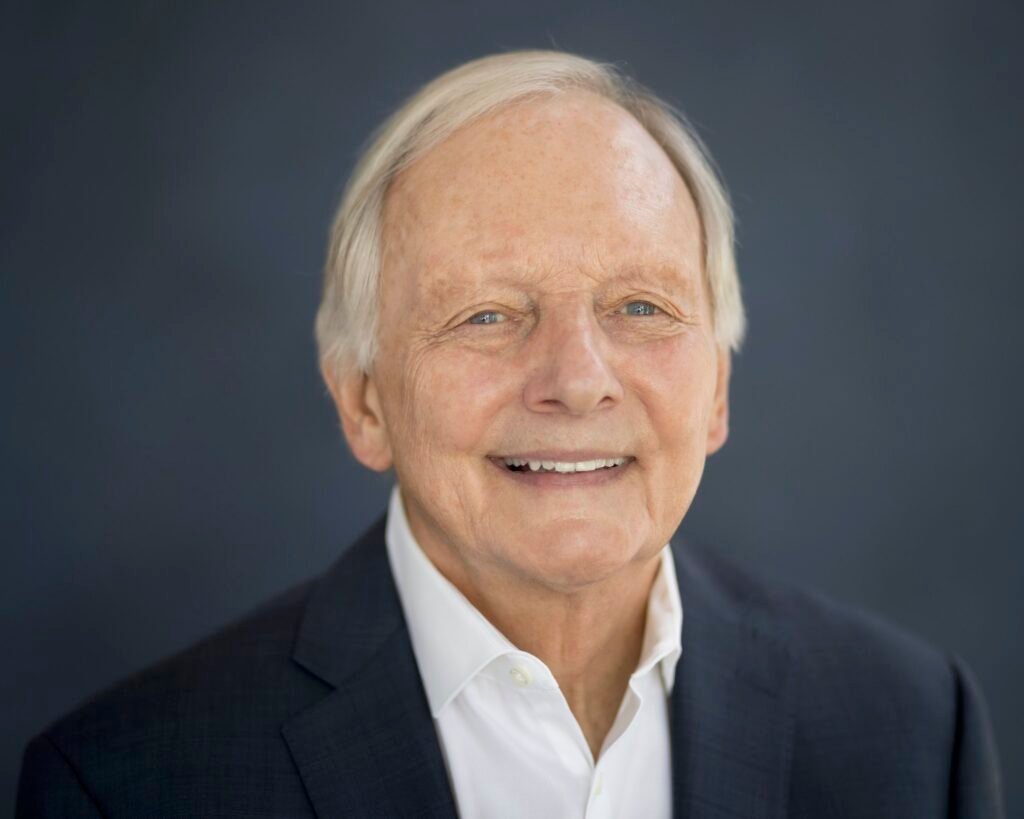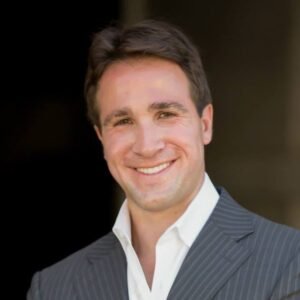I recently went one on one with Frank O’Connell. Frank was the president of Reebok Brands, president of HBO Video, CEO of Indian Motorcycle, and chairman and CEO of Gibson Greetings, Inc. Frank is the author of the new book Jump First, Think Fast: An Unconventional Approach to High Performance.
Adam: Thanks again for taking the time to share your advice. First things first, though, I am sure readers would love to learn more about you. How did you get here? What experiences, failures, setbacks, or challenges have been most instrumental to your growth?
Frank: If there is a major theme that runs throughout my background, it is the ability to take concepts and solutions I have learned in other businesses or industries and translate them into my current business.
I grew up on a farm in a small town of 2,000 in Upstate New York. My father died when I was two-and-a-half and my mother stayed on the farm to provide a stable environment for me and my older brother. During our childhood, we drove tractors, sold eggs, and won 4H prizes at state fairs. I learned the value of hard work from my mother, who told us that we could surpass everyone by outworking them. I was married and a father at age 17, but education was a major focus for us, and I was able to go to Cornell, earning my B.S. and MBA in 5 years.
I landed my first job at Carnation Company in Los Angeles where I learned best practices of a major consumer products company. My curiosity and drive pushed me on to other well-known companies, as well as it pushed me out of my marriage. I managed brands at Hunt-Wesson and became a manager at Oroweat Baking Company after I remarried. Later I became head of sales and marketing at Mattel Electronics. The entrepreneurial bug was biting hard, so I jumped into the unknown and, with a partner, started Fox Video Games as CEO. After that, I became President of HBO Video, followed by a move to Boston as President of Reebok Brands. I managed the team that developed the Pump sneaker, which turned the company around doing $ 1 billion in sales in its first year.
Next was SkyBox Trading Cards which had lost $80 million the previous year. But we managed a turnaround and took the company public eventually purchased by Marvel Entertainment. Gibson Greetings was the next company to be rescued and eventually sold to a competitor, American Greetings. Then, my favorite position, although not as successful, was as CEO of the re-emergence of Indian Motorcycles.
Adam: What do you hope readers take away from your new book?
Frank: After a long career, I’m excited to share my experiences, all of the ups and downs, in JUMP FIRST, THINK FAST. My hope is that I can serve as a virtual mentor and offer insights and ideas to accelerate readers’ own careers and personal development. I wrote the book to encourage people to take risks. I have found that most people creep along in their professional paths. After reading my book, I hope they will jump into the next chapter of their careers and lives.
Adam: In your experience, what are the key steps to growing and scaling your business?
Frank:
1. Companies need a strategic plan that addresses their company’s path, recognizes all necessary changes, is owned by management, and communicated throughout the organization. The plan should be highly data-based starting with an internal analysis of the business, plus a thorough study of the external environment. This includes current and expected competition and overall industry trends. In today’s environment, identifying and speculating on trends is critical. I insisted on a review of the strategic plan annually. But in today’s environment, this needs to be done more frequently. Even some big companies are making major shifts within a year.
2. The right talent is crucial. Companies must get the right people to execute the plan, and remove people whose skills don’t fit or who don’t believe in the plan. The next step is to assess the current team for fit. There are a number of ways to do this, but I encourage hiring an outside organization or consulting firm that has made thousands of observations and can provide good normative benchmark data.
3. Then there’s accountability. It’s essential to build a performance-oriented organization where the plan goals are transmitted to individuals who are held accountable. The plan, when complete, should have time-measured metrics. These should be communicated throughout the organization and must be included in everyone’s performance appraisal. The key pillars of the plan including Mission, Values, and Purpose should be published for all employees to see. If you ask any employee “What is the plan,” they should be able to articulate it.
4. Agility is next. Companies need to have leaders who are risk-takers with a keen sense of the environment, and what is and is not working in the company. In today’s environment, you must be willing to make major shifts in short periods of time. Growth requires risk-taking.
It sounds like a cliché, but everything is changing rapidly from technology to consumers to channels of distribution. Trends have shortened cycles. Leaders can’t wait to decide whether it is a fad or a trend. Long-term stability seems fleeting. Spotting and surfing the waves seems more appropriate. You can’t wait for that perfect wave. You must take chances knowing you might crash on the beach.
5. And finally culture is key. It has been said that “culture trumps strategy.” I agree that getting a turnaround or growth strategy pinned down is much easier than getting the culture shifted. Doing turnarounds often requires a major culture shift.
Adam: What are your three best tips applicable to entrepreneurs, executives, and civic leaders?
Frank: 1. You don’t have to follow the pack to find success; it’s crowded. In fact, I want you to set your own path, and find rejuvenation in facing the challenge.
2. Be a Risk Taker. Unless you’re incredibly lucky or privileged, you won’t find rewards without taking some risks.
3. You will fail at some point. It’s a matter of when and how. But you can learn how to fail gracefully—in a way that minimizes injury. Learn to extract lessons and bounce back or actually forward from your failures.
Adam: What is your best advice on building, leading, and managing teams?
Frank: Develop a clear path forward, get the right team in the right places, make them accountable through measurable metrics
Adam: What are your best tips on the topics of sales, marketing, and branding?
Frank: Sales: be strategic, partnering to achieve your customer’s goals
Marketing: be bold to cut through the clutter
Branding: strive for a unique differentiated positioning with clear consumer benefits
Adam: What is the single best piece of advice you have ever received?
Frank: I have received lots of great advice from people I’ve worked with and for – and met throughout my career. Perhaps one of the best pieces of advice occurred when I was just starting out.
I was a newly minted assistant product manager at Carnation Company. I had a great boss who took risks by throwing me into situations. One day he said, “Frank, this is your big chance. I want you to give Mr. Olsen (Everett Olsen, President of Carnation) a presentation on our progress. I was excited to be giving a presentation to the President. Olsen was a strait-laced, non-expressive numbers guy. Unfortunately, when I walked into his big office, I was my usual, smiley self. Mr. Olsen was deadpan, smoking a cigarette with his half glasses part way down his nose. I started my presentation and all of a sudden, he wadded up my presentation notes and threw them at me, saying, “Come back when your numbers are right,” just as his glasses slide off his nose and he casually caught them. I was completely embarrassed. Damn, I never had a wrong number in a presentation again. As I progressed at Carnation and continued to make presentations to the President, I knew every number and so did he.
Adam: Is there anything else you would like to share?
Frank: Some people live their entire lives without realizing their core self. Don’t follow someone else’s playbook. Chart your own course but be coachable, too. Be open to growing, receiving feedback, and listening. Here’s an exercise: Make a list of your own strengths and weaknesses. Then have someone else (someone who both really knows you and isn’t afraid to be honest) make the same list. Compare the two. I guarantee they’ll be different!









